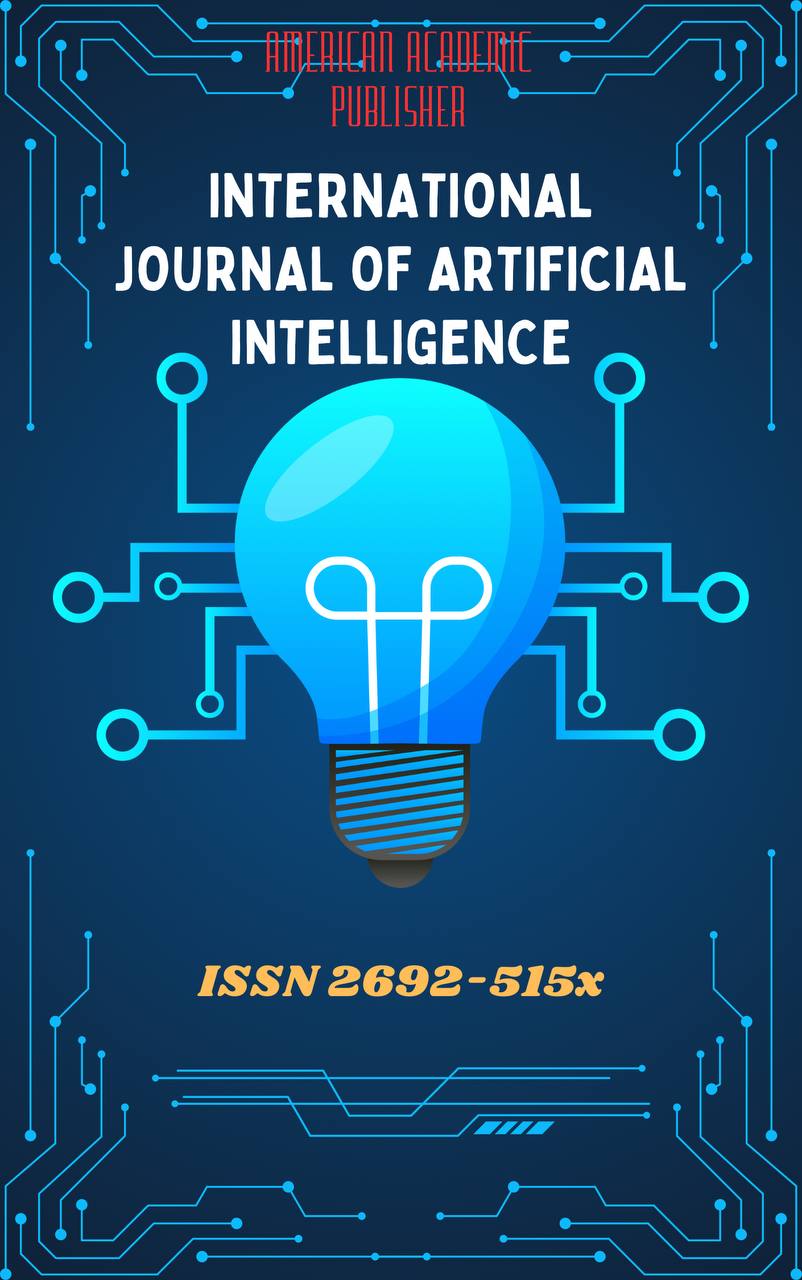 Articles
| Open Access |
Articles
| Open Access | COMPARATIVE ANALYSIS OF TENSE AND ASPECT IN ENGLISH AND UZBEK: A THEORETICAL GRAMMAR PERSPECTIVE
Yo'lchiyeva Feruzaxon Xabibullo qizi ,Abstract
This study explores the grammatical categories of tense and aspect in English and Uzbek from a comparative and theoretical linguistics perspective. While both languages possess mechanisms to express temporal relations, their grammatical and semantic realizations differ fundamentally. The research aims to identify similarities and divergences in the way temporal reference, aspectual meaning, and verbal morphology interact within each system. The article draws upon descriptive, contrastive, and typological analyses to reveal how linguistic form and meaning align across languages of different structures — English, an analytic language, and Uzbek, an agglutinative one. The results demonstrate that while English uses auxiliary verbs and periphrastic constructions to convey aspectual distinctions, Uzbek relies on affixation and verb stems that encode temporal and aspectual meanings within a single morphological unit. These findings contribute to the understanding of language typology, grammatical universals, and the mechanisms of tense-aspect interaction across unrelated languages.
Keywords
comparative linguistics, theoretical grammar, tense, aspect, English, Uzbek, typology, morphology, syntax.
References
Comrie B. Aspect: An Introduction to the Study of Verbal Aspect and Related Problems. Cambridge University Press; 1976.
Bybee J, Perkins R, Pagliuca W. The Evolution of Grammar: Tense, Aspect, and Modality in the Languages of the World. University of Chicago Press; 1994.
Lyons J. Introduction to Theoretical Linguistics. Cambridge University Press; 1968.
Johanson L. The Structure of Turkic Languages. Wiesbaden: Harrassowitz Verlag; 1998.
Huddleston R, Pullum G. The Cambridge Grammar of the English Language. Cambridge University Press; 2002.
Karimov U. Temporal and Aspectual Systems in Uzbek Grammar. Tashkent: Fan; 2018.
Article Statistics
Downloads
Copyright License

This work is licensed under a Creative Commons Attribution 4.0 International License.

